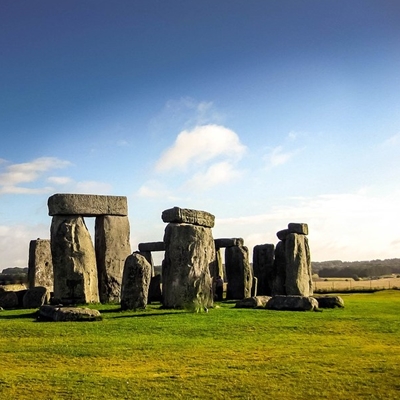Excavation of two quarries in the Preseli hills in Pembrokeshire by a UCL-led team of archaeologists and geologists has confirmed that they are sources of Stonehenge’s ‘bluestones’ and shed light on how they were quarried and transported. “We have dates of around 3400 BC for Craig Rhos-y-felin and 3200 BC for Carn Goedog, which is intriguing because the bluestones didn’t get put up at Stonehenge until around 2900 BC,” says Professor Parker Pearson. “It could have taken those Neolithic stone-draggers nearly 500 years to get them to Stonehenge, but that’s pretty improbable in my view. It’s more likely that the stones were first used in a local monument – somewhere near the quarries – which was then dismantled and dragged off to Wiltshire. Stonehenge was a Welsh monument from its very beginning. If we can find the original monument in Wales from which it was built, we will finally be able to solve the mystery of why Stonehenge was built and why some of its stones were brought so far…”
